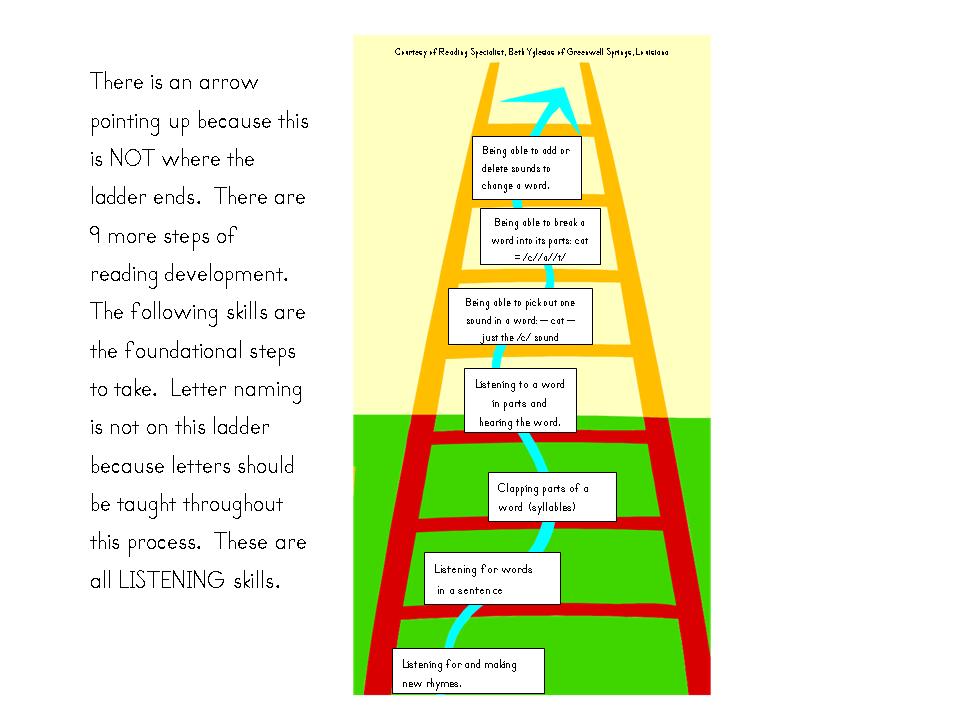Everyone knows the game “I Spy” where one player says “I Spy something….” and names something specific in the area and the other player has to find it.
Well, I am going to put a Phonemic Awareness spin on it which just means that I am going to make it a listening activity where your little one is listening to the “play on words” to identify the object.
If you read the post “What is Phonemic Awareness?” then you know that there are three phases to this game because there are three different skills to be mastered.
PHASE ONE:
First you are going to play the game by focusing on the parts in the words. So you will say “I Spy a pic -(pause) ture”
This is to get your little one to focus on putting syllables together to hear a word.
If you are confident that your little one can hear and combine syllables then move on to phase Two. If not, practice this game a little each day in different locations.
Phase Two:
This time you are going to focus on the initial sound and the rest of the word so you are isolating a sound but you are still including the bigger chunk of the word.
So you are going to say “I spy a /p/ – /en/”
Phase Three:
Finally, you are going to focus on segmenting all the sounds so that your child has to listen carefully to figure out the word.
If your child cannot figure out the first two simple words PLEASE don’t force it, spend some time working on the earlier skills first.
So you will say, “I spy a /p/ – /e/ – /n/”
This entire activity is meant to build your child’s familiarity with sounds in spoken language, but make sure you have fun with it. Give a pep talk “Let’s play I Spy, it is a fun guessing game, but I’m going to be tricky and hide the word I Spy. I wonder if I will stump you.”

